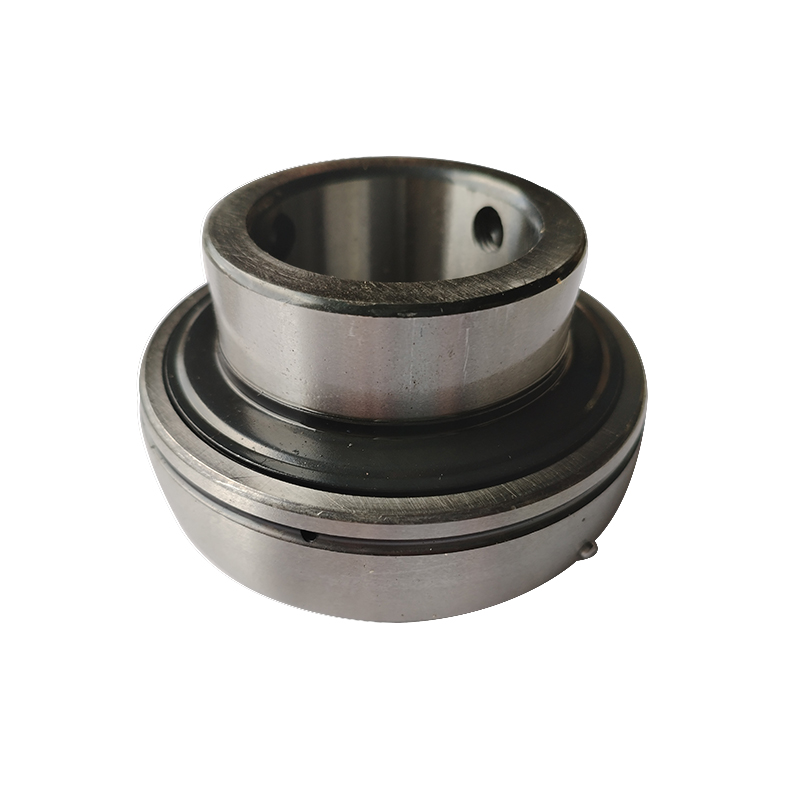Mar . 02, 2024 15:03 Back to list
Introduction to Motor Bearings
Motor bearings play an integral part in any motor’s operation. These elements, often underappreciated, serve as the backbone of motor efficiency and longevity. In simple terms, a motor bearing is a device that allows rotational or linear movement while reducing friction and supporting the load.
The Function of Motor Bearings
The primary function of a motor bearing is to reduce rotational friction and support radial and axial loads. This crucial role ensures that the motor runs smoothly and efficiently, reducing wear and tear over time.
Types of Motor Bearings
- Ball Bearings: These are the most common type of bearing used in motors. They are specifically designed to handle both radial and axial loads.
- Cylindrical Roller Bearings: These bearings can carry a higher load capacity compared to ball bearings. They are most often used in large electric motors that require heavy load capacity.
- Needle Roller Bearings: These are similar to cylindrical roller bearings, but they use small diameter cylinders. They are used when space is limited.
- Tapered Roller Bearings: These bearings are designed to handle both radial and axial loads, much like ball bearings. However, their unique design allows them to handle much larger loads, especially axial ones.
Factors Affecting Motor Bearings
The life and effectiveness of motor bearings can be significantly affected by various factors, including the operating conditions, the quality of the bearing, and its maintenance. Proper lubrication is of utmost importance as it reduces friction and wear, thereby extending the lifespan of the motor bearing. Besides, the bearing material, installation method, and operational speed also have substantial impacts on bearing life.
40mm UC208-24 Ball Bearing With SetscrewsT
Maintenance of Motor Bearings
The maintenance of motor bearings is vital for their longevity and for the overall performance of the motor. This includes regular checks, adequate lubrication, and timely replacement. An understanding of the different types of motor bearings and their respective characteristics can help in ensuring the best care for these crucial components.
Signs of Failing Motor Bearings
Understanding the signs of failing motor bearings can help prevent costly downtime and repairs. Common symptoms include excessive heat, vibration, and noise. Noticing and responding to these signs early can help maintain the efficiency and longevity of your motor.
The Impact of Failing Bearings
When bearings fail, they can have serious consequences on the entire motor operation. Increased friction results in reduced efficiency and excessive heat, which can cause other components to fail. Failing bearings can also lead to increased noise and vibration, contributing to overall operational instability.
Replacing Motor Bearings
When it comes to bearing replacement, both timing and technique are critical. Premature replacement can lead to unnecessary costs, while delayed replacement can result in catastrophic motor failure. When a bearing is replaced, care should be taken to ensure the right type and size of bearing is used, and it is correctly installed and lubricated.
Conclusion
In conclusion, motor bearings may seem like small, insignificant parts of a motor, but their role is absolutely essential. The type of bearing used, its quality, and the care taken in maintenance all have a substantial impact on the performance and lifespan of the motor. By understanding the different types of bearings, recognizing signs of failure, and responding appropriately, you can significantly enhance the longevity and efficiency of your motor. Motor bearings are, indeed, the unsung heroes of the machinery world, and their importance should never be underestimated.
Latest news
-
25MM 2 BOLT UCFLX05-14 Flange bearing unit( oval)
NewsMar.07,2025
-
4 bolt UCF 200 series Pillow block bearings
NewsMar.07,2025
-
25MM 2 BOLT UCFLX05-14 Flange bearing unit( oval)
NewsMar.07,2025
-
UCF216-50 4-Bolt Flange Housing Square Bearing
NewsMar.07,2025
-
25MM 2 BOLT UCFLX05-14 Flange bearing unit( oval)
NewsMar.07,2025
-
spherical roller bearing material exporter
NewsMar.07,2025






